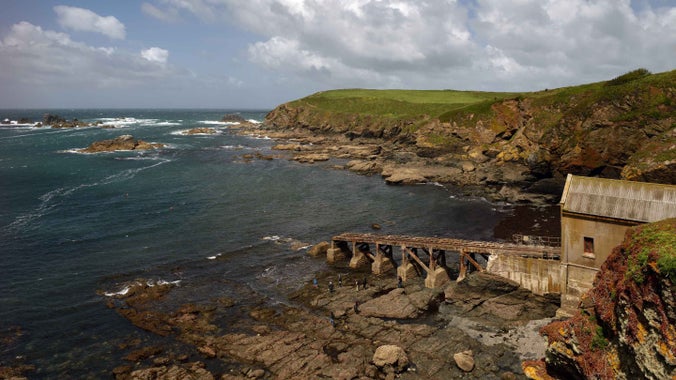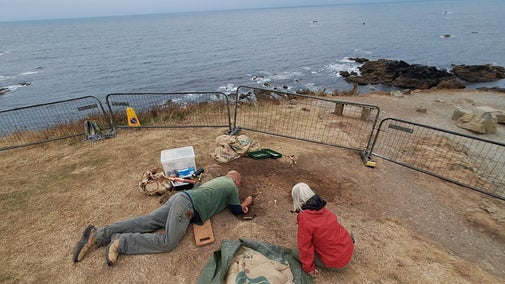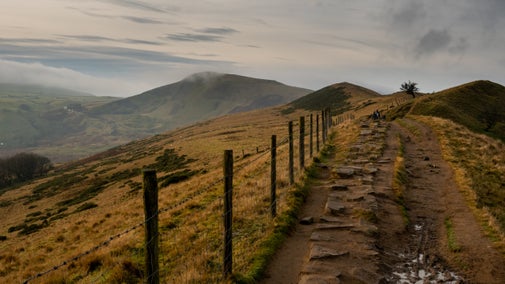
Become a member
Join today and help protect nature, beauty and history – for everyone, for ever. Enjoy access to more than 500 places with National Trust membership.
Dramatic cliffs shaped by the Atlantic. The Lizard features white beaches, turquoise seas and unique nature.
The Lizard, near Helston, Cornwall, TR12 7NT

Excavations are underway at the National Trust’s Lizard Point in Cornwall after a young visitor discovered a historic tooth later identified as human. National Trust archaeologist Jim Parry has since uncovered the remains of at least one individual, with evidence of more being revealed through erosion. At first, it was thought that at least one of the burials was prehistoric, but further excavation has shown this to be a complex site, with more work needed to establish how many people are represented and the periods of their burial.

Dogs are welcome all year round at Lizard Point, with miles of wild and unspoilt countryside and coast path to explore. Sheer cliffs and farmland are rich in wildlife so we ask that dogs are kept on a lead at all times to help us maintain these delicate habitats.

All aerial activity above our sites is prohibited unless specific permission is granted, according to an existing byelaw.

Please remember to scan your membership card at the pay and display machine when you park - every time you do £4.02 goes towards looking after Lizard Point.

Get out and about on a hike or leisurely walk on the Lizard, as part of our walk series. Led by a volunteer walk leader, these walks are free of charge and offer the opportunity to get some fresh air and spend time in nature. Everyone is welcome regardless of walking experience or ability.


Join today and help protect nature, beauty and history – for everyone, for ever. Enjoy access to more than 500 places with National Trust membership.